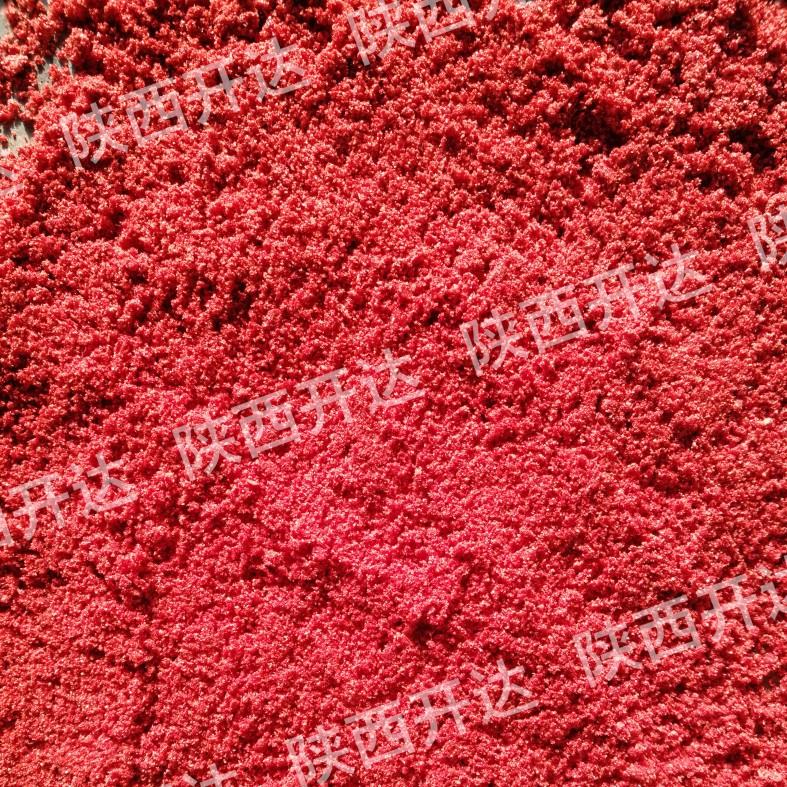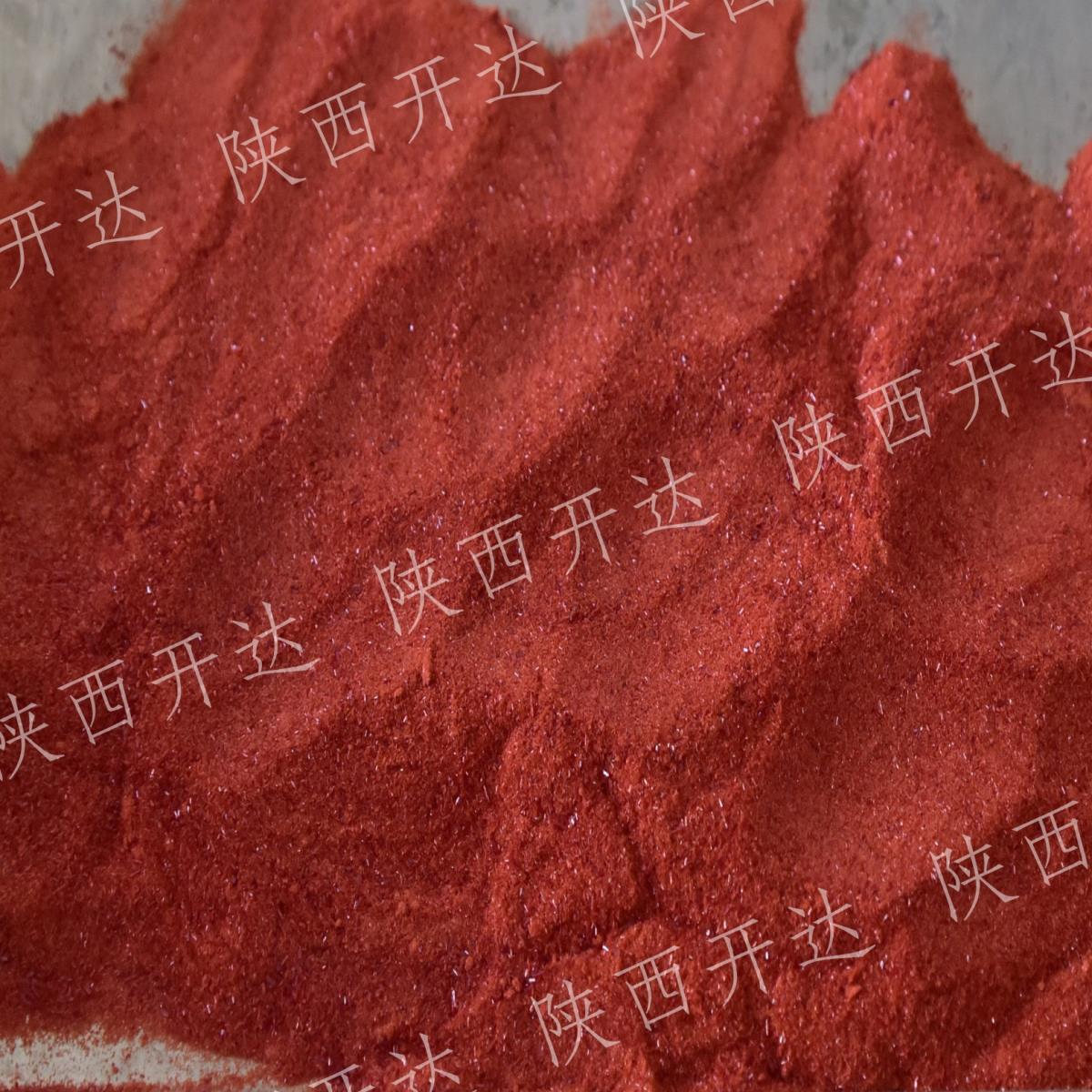Platinum Oxide
Aliases: anhydrous platinum oxide, Adams catalyst
Cas No: 1314-15-4
Formula: PtO2
Molecular weight: 227.08
Appearance: brown and black powder
Application scope:
Hydrogenation catalysts, hydrogen absorbent materials, electronic industry in the low resistance range of resistance, potentiometer and other components ingredients for raw materials and electronic industry thick film line materials.
Platinum oxide is a chemical substance, whose molecular formula is PtO2, and its molecular weight is 227.08. Black solid, melting point is 450 ℃, the relative density of 10.2; Insoluble in water, concentrated acid and aqua regia. Stable in air. It is widely used as a catalyst for hydrogenation in organic synthesis (see catalytic hydrogenation). In fact, what catalyzes the reaction is the reduction of platinum dioxide by hydrogen into platinum black. Production methods: general by chloroplatinic acid and sodium nitrate in about 500 ℃ melting. 1. PtO2 was generated by boiling pure H2PtCl6 solution and Na2CO3solution together. XH2O precipitation. Precipitation in the hours after drying under 200 ℃ is not soluble in acid. Remove the chloride by boiling precipitate sharply with dilute Na2CO3 solution and distilled water. Finally, dilute H2SO4 and distilled water were used to treat the precipitation to remove the alkali. Filter and dry in a water bath. 2. Put 9g NaNO3 and 10ml 10% H2PtCl6 solution in the beaker. Keep stirring with a glass rod, and carefully evaporate over low heat until dry (be careful not to partially melt the mixture). Another take 100g NaNO3 heating in 400 ml beaker to 52 ℃ (with thermocouple temperature control), immediately join the dry residue powder, remove the flame. Dark brown platinum dioxide precipitates are produced almost quantitatively. In the process of cooling and curing, turn the beaker to solidify the molten substance into fine particles on the wall of the beaker to avoid the beaker from breaking. The cooled molten matter was dissolved and washed with about 2L water, the precipitate was removed and washed repeatedly with water. In the process of bleaching and washing, the precipitate should always be immersed under the water to avoid the formation of colloid into the filtrate. Finally, it is dried in a vacuum dryer with CaCl2. USES: 1. Hydrogenation catalyst, suitable for double bond, triple bond, aromatic hydrocarbon, carbonyl, nitrile, nitro reduction; 2. Excellent hydrogen absorbing materials; 3. Resistors with low resistance value range in electronic industry; 4. Raw materials for components such as potentiometer and thick film line materials for electronic industry. Solubility: insoluble in water, concentrated acid and aqua regia. Storage and transportation: keep the container sealed and stored in a cool, dry place. Make sure there is good ventilation or exhaust device in the workshop.
P&C parameters:
|
Pt content,wt% |
85.4% |
|
CAS no. |
1314-15-4 |
|
Molecular formula |
PtO2 |
|
Specific surface area, m2/g |
85 |
|
The average particle size, um |
≤5 |




































 陕公网安备 61030502000254号
陕公网安备 61030502000254号